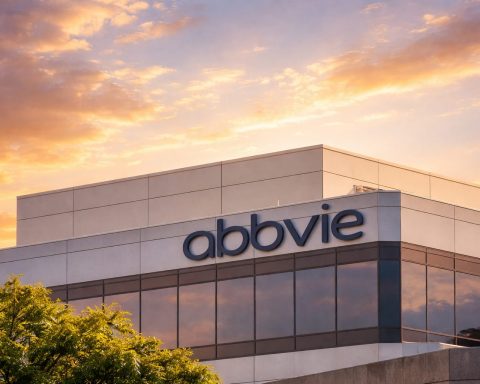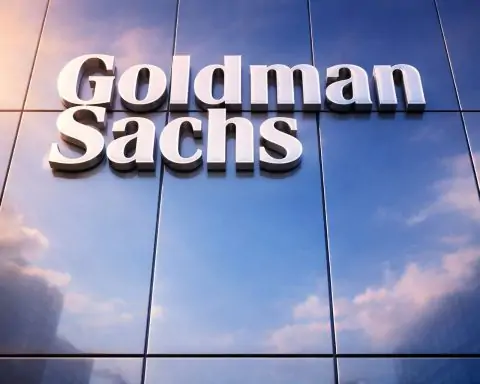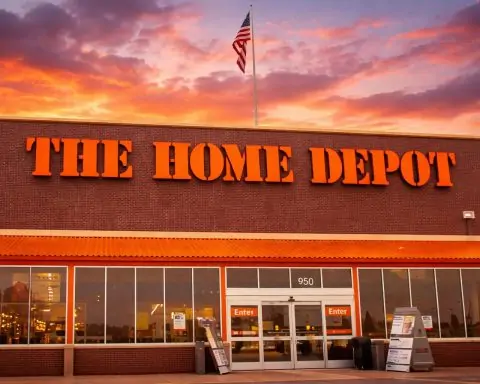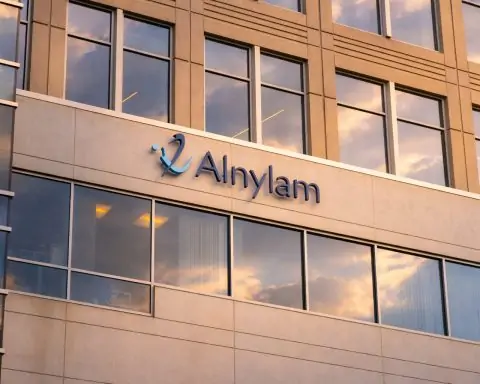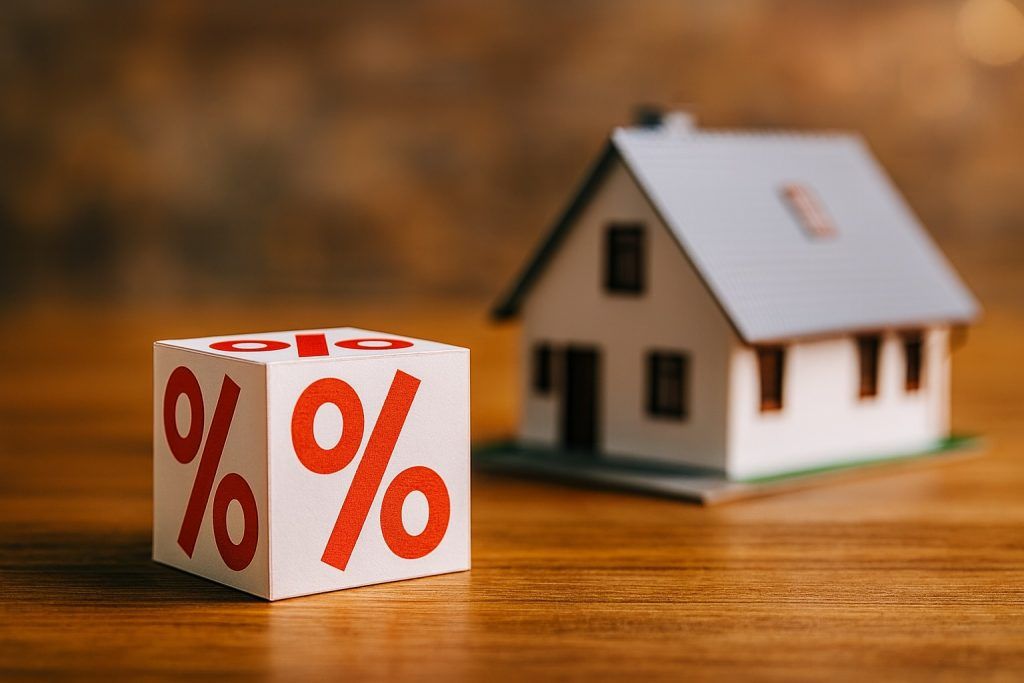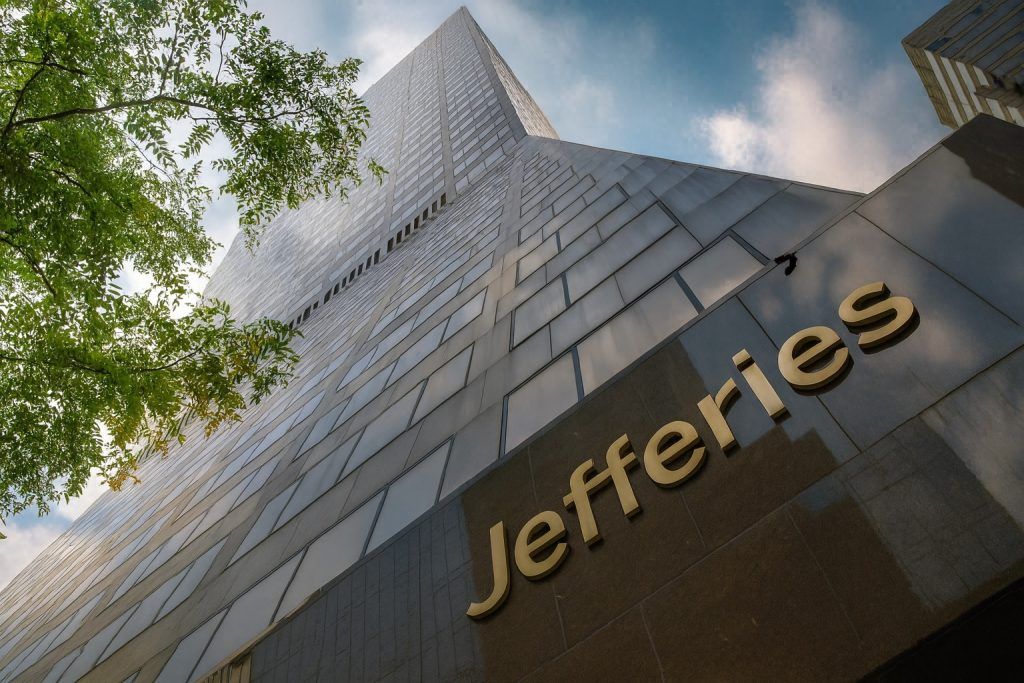- Nasdaq Compliance Restored: Safe & Green Holdings regained Nasdaq listing compliance as of Oct. 3, 2025, after executing a 1-for-64 reverse stock split and restructuring a financing deal to cut potential dilution by ~80% [1]. This averted a delisting threat and met Nasdaq’s $1.00 minimum bid price rule.
- Stock Volatility: The microcap stock soared 86.7% to $6.03 per share on heavy volume following the compliance news [2], but quickly pulled back to around $3 in subsequent sessions [3]. SGBX’s 52-week trading range is extreme – roughly $3.00 to $122.88 (the high was pre-split) [4] – reflecting its wild price swings.
- Insiders Aligned with Shareholders: In a show of confidence, Safe & Green’s board and executives took Q3 2025 compensation in stock instead of cash [5]. CEO Mike McLaren even converted a large personal debt note into equity, moves meant to preserve cash and signal management’s “strong conviction in the company’s long-term growth potential” [6] [7].
- Operational Restructure: The company is consolidating operations to a new facility in Conroe, Texas, relocating its SG Echo modular construction unit there [8]. The Conroe site was acquired for $3.0 M (with a $2.4 M loan) and will be shared with Safe & Green’s Olenox energy subsidiary, a co-location expected to cut overhead and generate rental income [9].
- New Tech & Contracts: Safe & Green’s energy arm, Olenox, just completed Phase 1 of an AI-powered wellsite monitoring system to optimize oil production [10] [11]. The platform, using proprietary algorithms, will let shareholders monitor performance in real-time via a dashboard rollout in Phase 2 [12]. Earlier in 2025, the company also secured a modular-building contract with Three Pines Leasing to supply units for a U.S. government agency, bolstering its project pipeline.
- Legal Win: In late September, subsidiary SG Blocks settled a long-running legal dispute with EDI/PVE, resulting in an undisclosed payment to Safe & Green and dismissal of all appeals [13]. Investors cheered the resolution – SGBX stock jumped over 10% on the news [14] – as management said the settlement “delivers a significant recovery” and removes a financial drag on the balance sheet [15].
- Financial Snapshot: Safe & Green’s revenues have plunged with its pivot in business focus – FY2024 revenue was about $4.98 M (down sharply from $16.5 M in 2023) and net loss was $16.98 M [16]. Trailing 12-month sales are only ~$4 M against a ~$20 M loss [17]. With a market cap around $1.5 M on only ~0.5 million shares outstanding [18], SGBX trades at ultra-low valuations (~0.4× sales and 0.04× book value) [19]. No Wall Street analysts currently cover the stock or issue forecasts [20].
Nasdaq Compliance Triggers Relief Rally
Safe & Green Holdings Corp. regained compliance with Nasdaq’s listing rules in early October 2025, temporarily boosting its microcap stock price.
A week ago, Safe & Green Holdings Corp. (NASDAQ: SGBX) was on the brink of losing its Nasdaq listing – today it’s back in the game, though not without turbulence. The Miami-based modular building and green construction company secured a lifeline on Oct. 9 by regaining compliance with Nasdaq’s $1 minimum bid price requirement, after drastic capital moves to bolster its share price [21]. Nasdaq confirmed the company met listing rules as of Oct. 3, following a reverse 1-for-64 stock split and a major deal restructuring that avoided issuing over 1 billion new shares for a planned acquisition [22] [23]. These bold actions averted “a proverbial sword hovering above” the company’s stock [24], according to market commentators, and immediately sparked a relief rally.
Investors reacted with euphoria: SGBX shares nearly doubled overnight, leaping from around $3.24 to over $6 in heavy trading [25]. The stock’s intraday spike of 78%+ on Oct. 10th marked one of the Nasdaq’s biggest movers that day. “Their maneuver to align again with Nasdaq regulations can’t be understated – it was a big move,” noted Tim Bohen, a lead market strategist at StocksToTrade [26]. By swiftly shoring up its capital structure and avoiding massive dilution, “Safe & Green reassured shareholders” and stoked hopes that the company had turned a corner [27] [28]. However, this tiny float microcap remains extremely volatile. After the initial frenzy, profit-taking set in and SGBX gave back the gains, sliding back to the mid-$3 range by Oct. 17 [29]. The whipsaw trading underscores both the renewed optimism and lingering caution around Safe & Green’s prospects.
Executives “All In” on Growth Strategy
The company’s leadership is taking unusual steps to signal their confidence in a turnaround. Earlier this month, Safe & Green announced that its Board of Directors and senior executives will receive Q3 compensation entirely in stock rather than cash [30]. In addition, CEO Mike McLaren converted a substantial personal loan owed to him into equity, effectively boosting his own stake [31] [32]. “This decision by our Board, management team, and myself demonstrates our collective belief in the value we are building for shareholders,” McLaren said, emphasizing that management is “putting our confidence in Safe & Green’s future into action” [33].
CFO Tricia Kaelin noted the move also strengthens the balance sheet by conserving cash. “By converting debt to equity, we further strengthen our balance sheet and preserve our cash for growth,” Kaelin added, lauding the board’s support and confidence in the company’s strategy [34]. Such insider actions are relatively rare for a public company of any size. For investors, they send a powerful signal that leadership is literally invested in the outcome. The share-based pay plan aligns management’s incentives with shareholders and shores up liquidity – critical as the firm navigates heavy losses. “Including shareholders in a clear, transparent way reassures the lot,” observes Bohen, explaining that insiders taking equity stakes can create a “positive narrative” and investor goodwill [35]. Still, Safe & Green’s team faces the task of delivering tangible improvements to justify that optimism.
Expansion, Contracts and an AI Tech Twist
Safe & Green is simultaneously streamlining its core operations and branching into new verticals. On Oct. 1, the company announced the consolidation of its modular construction business to a newly acquired facility in Conroe, Texas [36]. This move will relocate the production of prefab building modules from Durant, Oklahoma to the larger Texas site, which Safe & Green purchased for $3 million (largely financed via loan) [37]. By co-locating with its energy subsidiary at Conroe, the company expects to reduce overhead costs and even earn rental income from shared use of the property [38]. The expansion reflects management’s commitment to scaling up efficiently. “We are preserving our cash for growth,” the CFO stressed [39] – and that includes investing in facilities that can support multiple business lines under one roof.
The Texas connection goes deeper: Safe & Green’s wholly-owned energy subsidiary, Olenox Corp, is headquartered at the Conroe site and spearheading the company’s foray into oil & gas. In the latest development, Olenox completed Phase 1 of an AI-driven wellsite monitoring system aimed at optimizing production in its oilfields [40] [41]. The proprietary platform analyzes real-time data (such as water content in wells) and dynamically adjusts pump operations to boost output and cut energy waste [42]. “This marks a major step forward in merging AI with traditional oilfield operations,” said Olenox CEO (and Safe & Green CEO) Mike McLaren, “helping us make smarter, faster decisions at the wellsite – reducing costs, conserving energy, and setting a new standard for efficiency” [43]. In Phase 2, Olenox plans to roll out a shareholder-accessible dashboard where investors can monitor field performance live [44] – an unusual twist of tech transparency for an oil venture.
Though a modular construction firm diving into fossil fuel production might seem an odd pairing, Safe & Green frames it as complementary. The company describes itself as a “diversified holding company” spanning real estate, construction, healthcare, and energy [45], united by a focus on innovative, sustainable solutions. Management sees the Texas oil initiative as “pivotal” for expansion [46], potentially generating cash flow to support its green construction projects. Earlier in 2025, Safe & Green signaled its credibility in government projects by securing a contract (via partner Three Pines Leasing) to supply modular office and storage units for a U.S. federal agency – leveraging its experience repurposing shipping containers into buildings. That contract, announced in May, could lead to additional government orders and showcases the company’s ability to win business in its core modular sector [47] [48]. Taken together, these moves depict a company trying to reinvent itself on multiple fronts – a strategy that carries opportunity, but also execution risk.
Financial Strains and Market Outlook
Despite the flurry of strategic news, Safe & Green’s financial statements paint a challenging picture. The dramatic revenue drop – from over $16.5 million in 2023 to under $5 million in 2024 – reflects both the completion of several large projects and a pause as the company repositions into new areas [49]. Meanwhile, overhead costs and development expenses have continued to outweigh income, resulting in steep losses (nearly $17 million net loss in 2024) [50]. The balance sheet is under strain; even after the reverse split, the stock’s book value is only about $80 per share (pre-split equivalent ~$1.25), and at ~$3 a share the market is valuing the entire company at only $1.5–$1.6 million [51]. Such a tiny market capitalization, coupled with low trading liquidity, means any news can send the stock careening – for better or worse.
Investor sentiment around SGBX is accordingly mixed. On one hand, the recent flurry of positive developments – Nasdaq compliance, insider stock purchases, legal victories, new contracts – has encouraged a base of speculative investors who believe the company may be at a turning point. “Safe & Green…is on a tightrope act,” observes Tim Bohen, noting that the firm’s complexity and penny-stock status “might deter short-term investors.” However, “the potential long-term upswing remains attractive for the bold and strategic player willing to wait for the fruit to ripen” [52]. In other words, those bullish on SGBX see high risk but also high reward if management’s bets pay off. The company itself remains optimistic – executives emphasize growth opportunities in both sustainable construction and energy. They point to upcoming catalysts like the integration of the new Texas hub and the next earnings report (Q3 2025 results are due in late November) as chances to demonstrate progress [53].
On the other hand, skeptics highlight the absence of traditional fundamentals. Safe & Green has virtually no institutional ownership or analyst coverage [54], meaning professional investors largely steer clear of the stock. The lack of profits and ongoing need for capital (the company has used equity lines and may need to raise funds again) make it a precarious venture. Even CEO McLaren acknowledges that sustaining Nasdaq compliance and executing the merger of its new energy assets will be critical to avoid backsliding [55] [56]. The recent share price retreat from $6 to $3 suggests that the market remains cautious, and that initial rallies can be fleeting without concrete financial improvement.
Outlook: Cautious Optimism for the “High-Risk, High-Reward” Microcap
Looking ahead, Safe & Green Holdings faces a pivotal period. The company’s multi-pronged strategy – refocusing its construction business, scaling up in oil & gas tech, and reaffirming investor trust – will be tested in the coming quarters. Key markers will be whether its modular project pipeline (including any follow-on government deals or commercial orders) can revive revenue, and whether Olenox’s foray into smarter oil production yields profitable output. Any stumble in execution or external setbacks could pressure the stock again, especially given SGBX’s razor-thin financial cushion.
For now, management’s aggressive actions have bought valuable time and credibility. By curing its Nasdaq deficiency and avoiding the “dreary pitfalls of share dilution” [57], Safe & Green showed it can take decisive steps under duress. This has, at least temporarily, “boosted trader morale and bolstered [its] market impact,” as one analyst put it [58]. Retail investor interest remains high – evident in social media chatter and the outsized trading volumes during October’s rally – but it could prove fickle if the news flow turns negative. Ultimately, SGBX stands as a speculative play: a tiny company trying to punch above its weight in industries dominated by much larger players.
For risk-tolerant believers, the vision is that Safe & Green’s niche in eco-friendly modular building and its bold energy venture could unlock outsized gains if successful. “If Safe & Green manages to continue this path…they’re winning the tough market’s faith,” notes Bohen’s team, emphasizing the importance of consistency and execution [59]. But for more cautious observers, the stock’s roller-coaster ride and unproven turnaround mean seeing is believing. As of mid-October 2025, Safe & Green has lit a spark of hope – now it must build on it to justify the buzz. In the coming months, investors will be watching for concrete evidence of stabilization: improved earnings, new deals, or other signals that this Nasdaq phoenix can sustain its flight.
Sources: Safe & Green Holdings press releases [60] [61]; TechStock² analysis [62] [63]; Digital Journal/IBN News [64] [65]; StocksToTrade commentary [66] [67]; Investing.com market data [68].
References
1. ts2.tech, 2. www.digitaljournal.com, 3. www.investing.com, 4. www.investing.com, 5. ir.safeandgreenholdings.com, 6. ir.safeandgreenholdings.com, 7. ir.safeandgreenholdings.com, 8. ts2.tech, 9. ts2.tech, 10. ir.safeandgreenholdings.com, 11. ir.safeandgreenholdings.com, 12. ir.safeandgreenholdings.com, 13. ts2.tech, 14. www.investing.com, 15. ts2.tech, 16. ts2.tech, 17. ts2.tech, 18. ts2.tech, 19. ts2.tech, 20. ts2.tech, 21. ts2.tech, 22. stockstotrade.com, 23. stockstotrade.com, 24. stockstotrade.com, 25. www.digitaljournal.com, 26. stockstotrade.com, 27. stockstotrade.com, 28. stockstotrade.com, 29. www.investing.com, 30. ir.safeandgreenholdings.com, 31. ir.safeandgreenholdings.com, 32. ir.safeandgreenholdings.com, 33. ir.safeandgreenholdings.com, 34. ir.safeandgreenholdings.com, 35. stockstotrade.com, 36. ts2.tech, 37. ts2.tech, 38. ts2.tech, 39. ir.safeandgreenholdings.com, 40. ir.safeandgreenholdings.com, 41. ir.safeandgreenholdings.com, 42. ir.safeandgreenholdings.com, 43. ir.safeandgreenholdings.com, 44. ir.safeandgreenholdings.com, 45. ir.safeandgreenholdings.com, 46. ts2.tech, 47. www.quiverquant.com, 48. www.quiverquant.com, 49. ts2.tech, 50. ts2.tech, 51. ts2.tech, 52. stockstotrade.com, 53. ts2.tech, 54. ts2.tech, 55. ir.safeandgreenholdings.com, 56. ir.safeandgreenholdings.com, 57. stockstotrade.com, 58. stockstotrade.com, 59. stockstotrade.com, 60. ir.safeandgreenholdings.com, 61. ir.safeandgreenholdings.com, 62. ts2.tech, 63. ts2.tech, 64. www.digitaljournal.com, 65. www.digitaljournal.com, 66. stockstotrade.com, 67. stockstotrade.com, 68. www.investing.com

